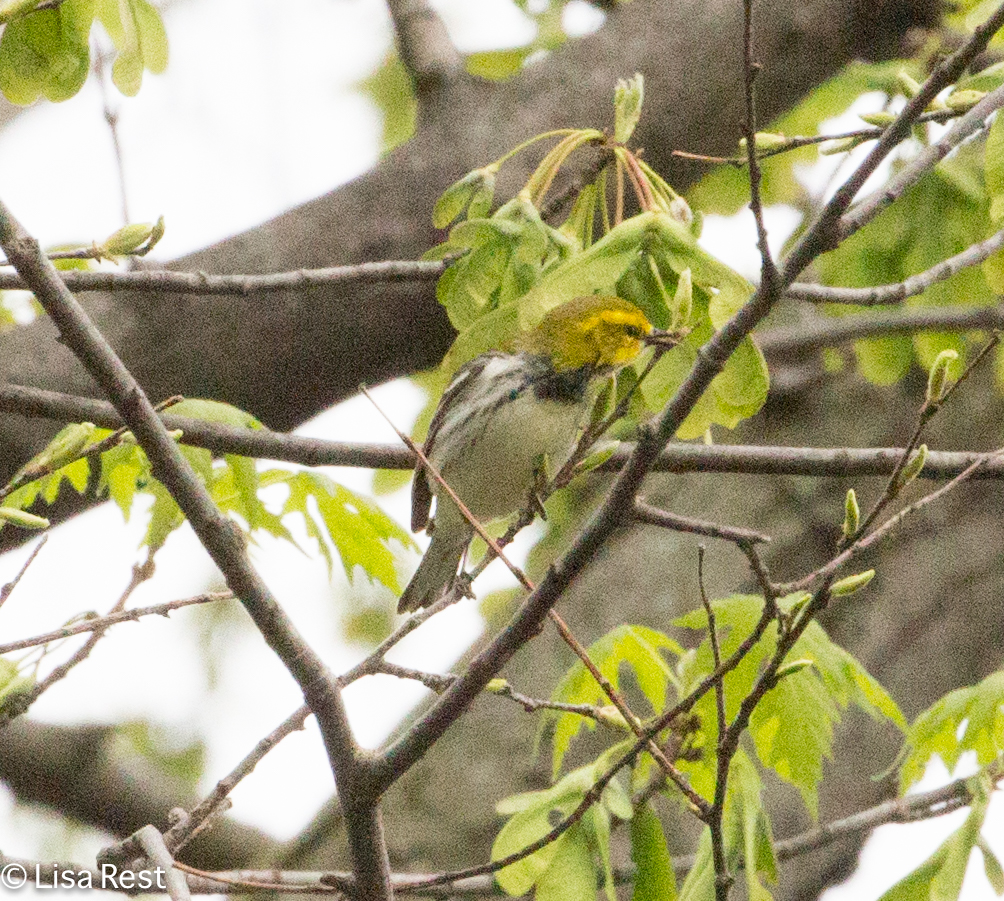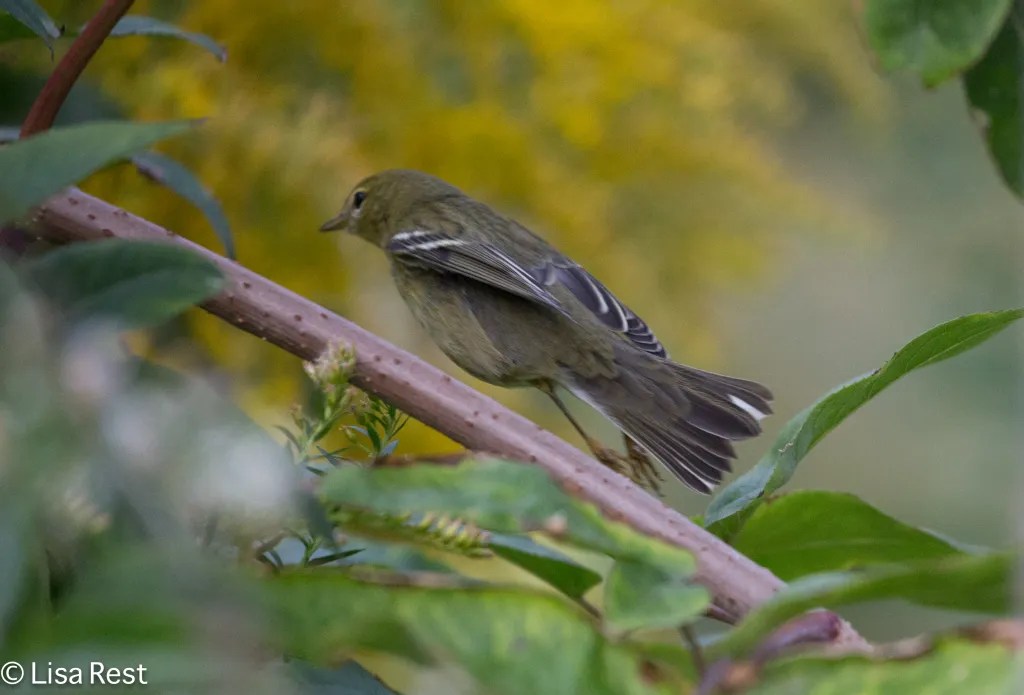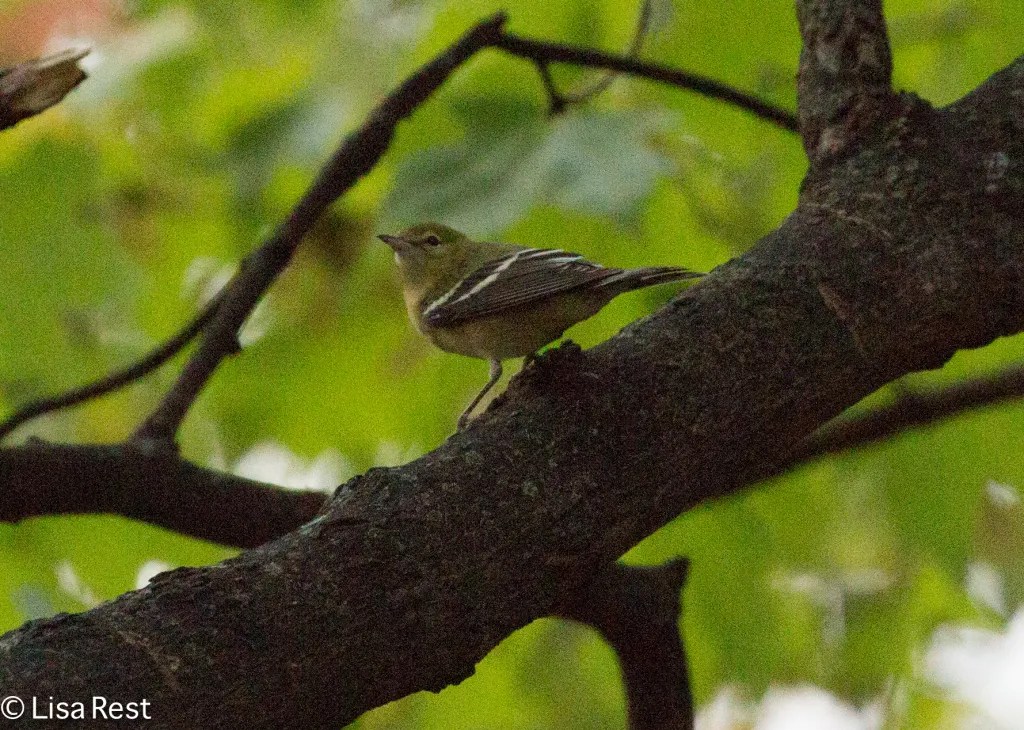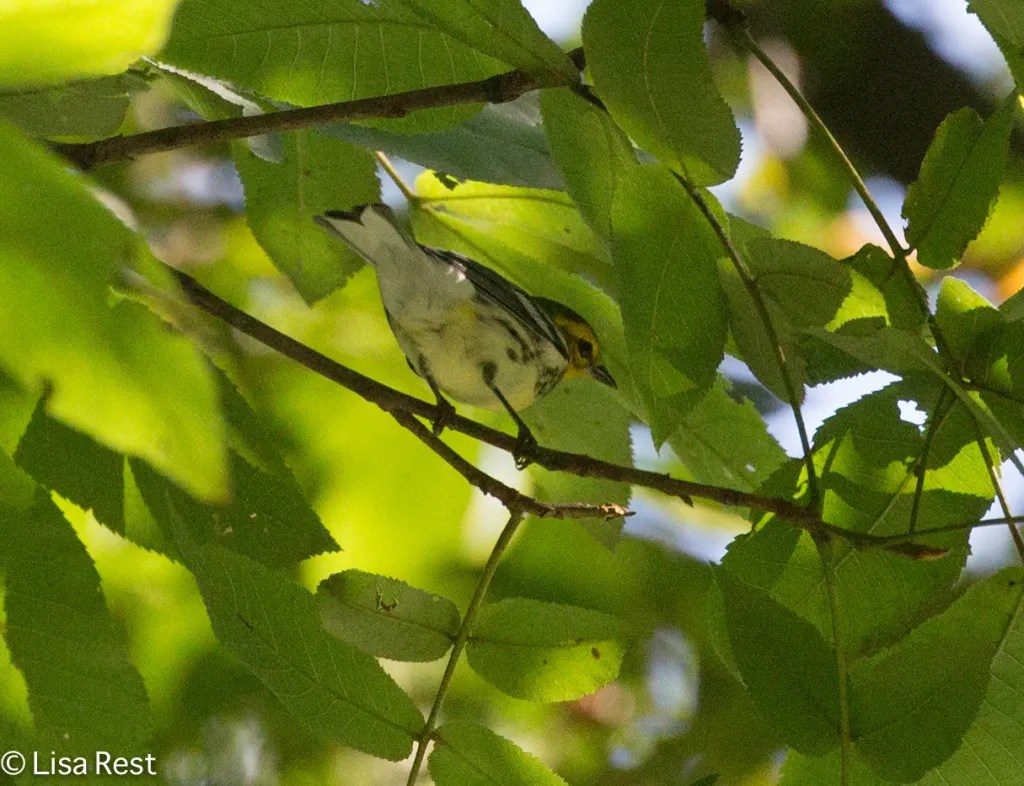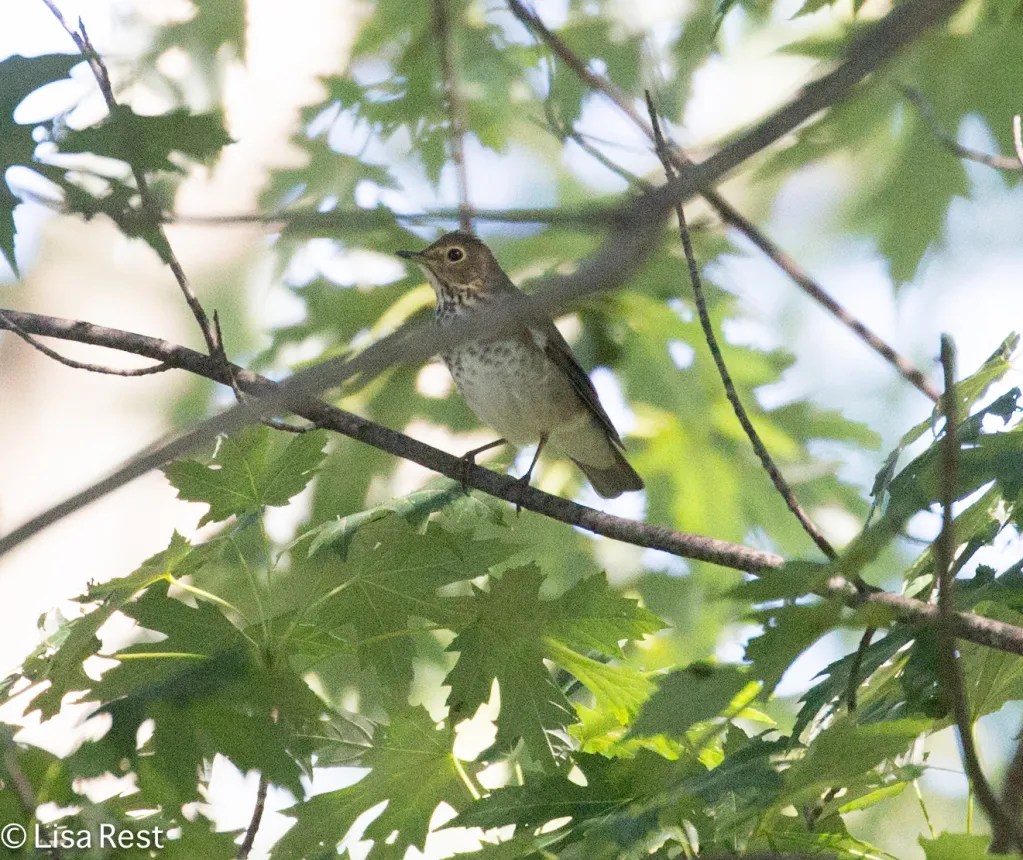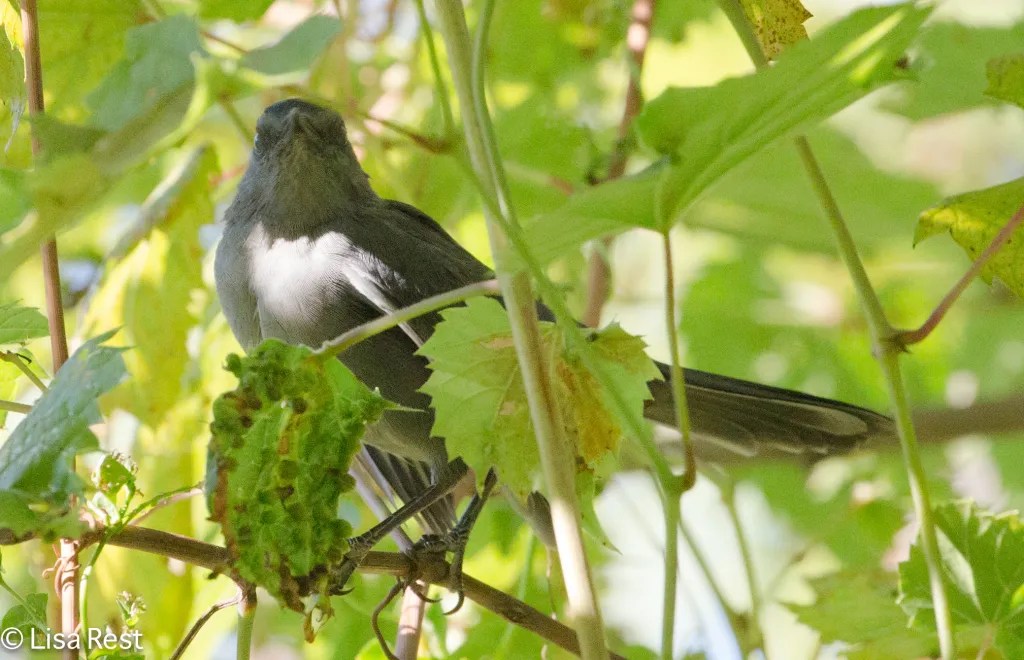
It’s been a busy birding week and fall warbler migration is only getting started, but I’m already having a hard time keeping up. To add to my confusion, with the pool closed, the break in my routine is making it harder to figure out what day it is. But I have started getting up earlier to join bird walks and I will start leading Saturday walks tomorrow through the second week in October. It’s beginning to look like fall, even if it doesn’t feel like it just yet.
These photographs are from August 31st at Riverside, and I have also added the rest of the birds from August 26th at the same location.
I was happy to see a very cooperative Northern Waterthrush on Wednesday.
American Redstarts are the most numerous and well-distributed fall warbler species so far. I have seen them every day. The one immediately below looks like a first-year male.
Also fairly common are Magnolia Warblers like the one at the top of the post and below.
I discovered something about Blackpoll Warblers I never realized before. Apparently they all have orange toes – so when stumped by a decision between whether you are looking at a Blackpoll or a Bay-breasted, if you can see orange toes, that solves the problem. I was delighted to find photos showing beautiful orange toes. This is nearly impossible to see in the field, however.
I have also seen Golden-winged Warblers all week, starting on Tuesday morning at Columbus Park with Henry G.’s walk. They seem to have all come into the area at once and I have seen them everywhere I have been. I’m sneaking this photo in from Tuesday as it is the best one I have of the whole bird.

Below is another Golden-winged I just barely captured the next morning at Riverside.

Cape May Warblers seem to be numerous this season.
And not a day goes by without a Tennessee Warbler.
Below is a barely-captured Black-and-white Warbler

Thrushes are starting to appear as well. This is a Swainson’s Thrush.

Juvenile Gray Catbirds can’t get enough of the camera. They demand attention.





I don’t think this molting Northern Cardinal wanted to be seen like this but I couldn’t help myself.

In answer to the question, “Where have all the blackbirds gone?”, I have seen huge flocks all week at Riverside.

And Cedar Waxwings are on the move in flocks as well.

I have a feeling House Wrens will be gone soon but the youngsters are still around.
And Great Egrets are busy fishing. The water level has improved in the river.
I will try to come back sooner and more frequently, as the birds just keep coming. I also have some stored surprises still to share. We are starting out very warm going into the Labor Day weekend, with a promise of cooler weather after tomorrow. We could see a lot more warblers with winds from the north.

























































